Air Audio are distributing this Japanese company’s new range of cartridges in the UK and Ian Ringstead takes the first UK look at the high output and low output moving coil cartridges that cost £447 and both use a Shibata stylus.
The Hana range of cartridges is manufactured by Excel Sound Corporation, a 50 year old company based in Tokyo, who started off manufacturing low cost cartridges, such as the highly regarded Excel ES70. By 1978 the company was producing MC cartridges, with particular expertise in high output MC cartridges and specializing in OEM cartridge manufacture.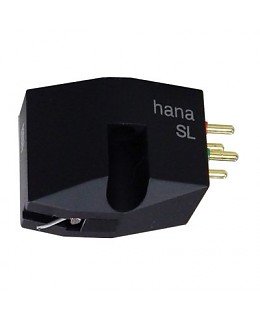
Excel Sound Corporation are perhaps seen as one of those slightly underground Japanese companies and they will certainly not reveal which cartridge brands they have manufactured for over the years.
Excel Sound Corporation prides themselves on their manufacturing quality and quality control processes at every stage, ensuring their handmade cartridges offer consistently perfect results.
The high performance Hana S range “SH” and “SL” cartridges use a nude natural diamond Shibata-stylus which the company say is capable of “excellent high frequency response with supreme transparency and excellent trackability”. The S range comes in two output options offering either high output 2.0mv/1KHz (SH) or Low output 0.5mv/1KHz (SL). Both options are £447 each which places them as a relatively modestly priced offering.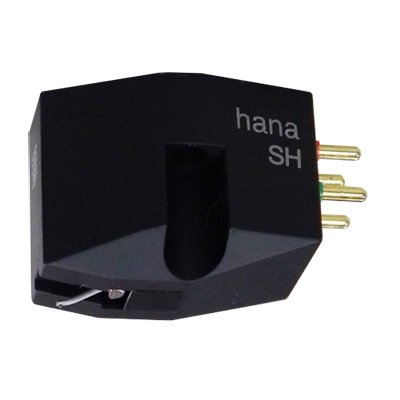
I was sent both the high and low output versions and it was interesting to see what differences there were between the two, especially as they look identical and the specifications appear identical apart from the output level and impedance. The Shibata stylus is a design I remember well from my retail days and was a clever way of improving a cartridges performance.
When CD4 Quad 4 channel recordings were developed, the designers needed to be able to record and play back frequencies up to 45kHz – more than twice the highest goal frequency attained with the eliptical styli. The very fine corrugations in the groove required for 45kHz were more easily worn away and so a design was required that could 1) track much higher frequencies and 2) Reduce wear on the record. The first stylus that achieved this was the now famous “Shibata” (named after its inventor).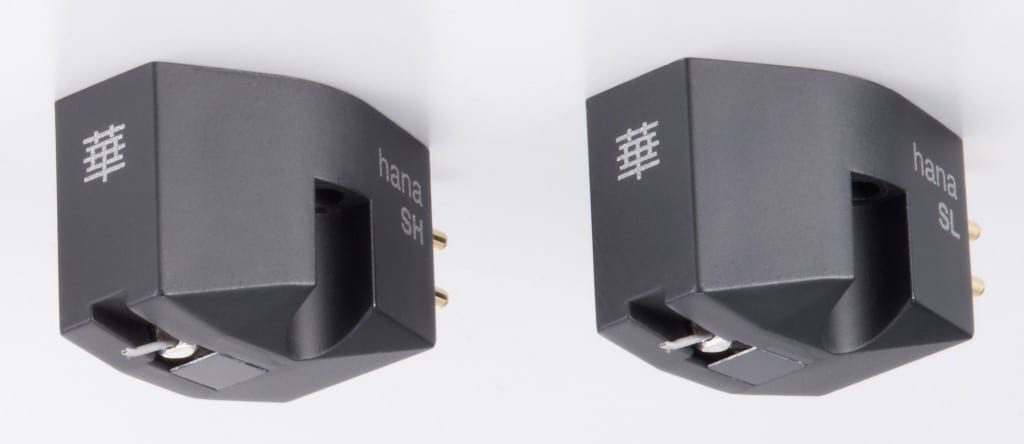
Rather than providing a small circular “dot” contact point with the groove, the more complex shape of the Shibata stylus allowed a long vertical line of contact to be achieved with the groove wall. The result of contacting more of the groove wall was the achievement of the two primary goals mentioned above.
Through better wall contact, tracking was improved and information retrieval improved (facilitating higher frequencies), and because the total contact surface area increased, the amount of pressure per square area was substantially reduced – less pressure equals less wear on both the record and the stylus.
In actual fact the side radius of the Shibata is about the same as a 0.2 mil elliptical stylus – so theoretically they have the same ability to track high frequencies, but the eliptical stylus only ever contacts the same small area – which can become worn – resulting in degradation in high frequencies over time.
Playing back a record with a Shibata stylus which has been worn with a conical or eliptical stylus can result in near pristine sound – this is because the Shibata shape can “read” the groove wall in areas that were not in contact, and as such not worn by, the simpler stylus shapes.
Now all this information is interesting but how does it translate into the sound of the Hana cartridges.
SOUND
I first tried the high output model in both a Rega Planar 3 turntable with RB300 arm and my Project Extension 9 turntable running the both through my Whest Audio Two phonostage.
What immediately impressed me with both cartridges was the very low surface noise and how quiet they were overall. There was no hum even with the level turned well up and this made for an easy listen where the music was highlighted without being drowned out with irritating surface noise. I am sure the Shibata stylus helped contribute to this performance and proves what a clever design it is. High frequencies were clearly portrayed and detailing was very good on instruments like cymbals, hi-hat etc. and background detail was easily retrieved, making for an enjoyable listen. Vocals were clear and well projected in the sound stage which itself had good depth and spread. Bass was also well defined and detailed.
On trying the low output version what could this do? Well I have always liked low output moving coils and they seem to dominate the quality cartridge market, but not everyone thinks this way and some people even prefer moving magnets. I won’t try to explain why, other than to state I have found in my own personal preference for low output moving coils by auditioning lots of different types over the years.
In this case the Hana low output model just added more to the listening experience in terms of better detailing and depth over the high output model. I cannot fully explain this, it’s just what I heard and it wasn’t a subtle preference when compared to the high output model.
I listened to Deep Purple Made in Japan from 1972 and although an old recording it still sounds detailed and exciting. “Smoke On The Water” was as always very enjoyable with the classic, catchy riff many an aspiring young guitarist has tried to emulate being ably projected between my speakers in all its glory. The Mule which follows this has a drum solo by Ian Paice which was de rigeur for all rock concerts back in the seventies and the Hana managed to pick out loads of detail and the subtle clues of the drum kit were beautifully laid bare and it was easy to hear all the different techniques of Ian Paice and pick out the drum types and cymbals. I have been to many live concerts and so I can recall what these solos were like and appreciate when they were well miked up and mixed by the sound engineer so as to excite the audience and show off the drummer’s skills.
Joe Samples Carmel was played next and showed what a brilliant keyboard player he was. A jazz musician admired the world over; people will remember him for his time in the Crusaders and their huge hit with Street Life in the 80’s with Randy Crawford on vocals. I also played another album from the 80’s, Graceland, by Paul Simon. This album revitalised Paul Simon’s career after he had split from Art Garfunkel and he was discovering new sounds and musical ideas in South Africa. The album has many great tracks on it and “You Can Call Me Al” was a smash hit that is so infectious in its beat and the superb bass solo near the end that makes me smile every time I hear it. Also “Diamonds on the soles of her shoes” showcases the superb vocal prowess of the Ladysmith Black Mambazo singers. The Hana SL really picked out all the subtleties of this track and how skilled the singers are as well as their fantastic vocal harmonies in all heir glory.
CONCLUSION
I really liked these cartridges as they were fuss free and just got on with their job of producing great music. The low output for me was better but this doesn’t mean the high output was poor or wouldn’t be preferred by some listeners. If you only have a moving magnet input on your amp or pre amp then the high output version is a no brainer.
£447 is not cheap, but for a good quality moving coil it is very good value and is the lower end of a popular choice of cartridge type for audiophiles into their vinyl.
Full marks to Hana, who obviously know what they are doing, for putting their name to a range of excellent value for money cartridges for the less ‘well to do’ vinyl fanatic.
Both cartridges work well in both budget and higher-end turntable/ arm combinations and are well worth seeking out.
Build quality: 8.7/10
Sound quality: 8.7/10
Value for money: 8.6/10
Overall: 8.6/10
Build quality: 8.7/ 10
Sound quality: 8.3/10
Value for money: 8.6/10
Overall: 8.5/10
Pros:
Shibata stylus really works well
Low surface noise
Great detailing
Low and high output versions to suit tastes and pre amp capability
Cons:
Not budget priced but otherwise hard to fault
Ian Ringstead
























































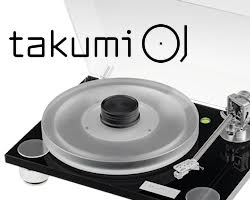

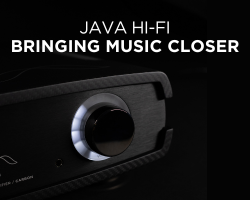
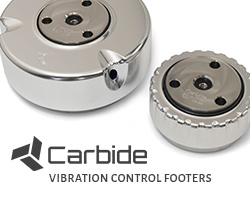
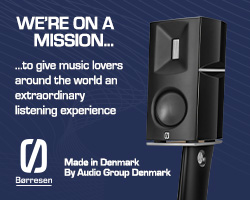
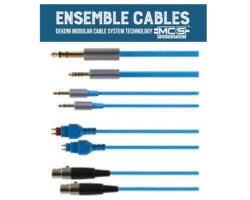
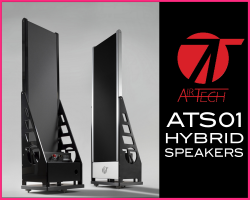
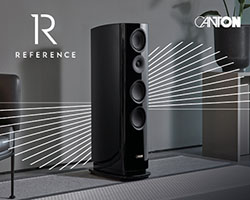
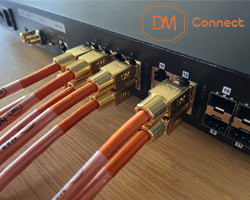

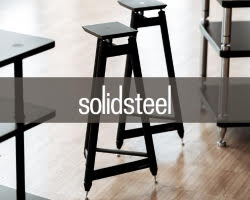
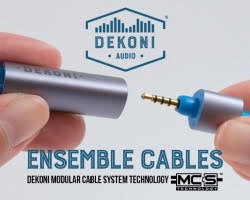

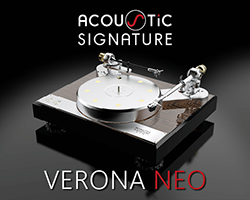
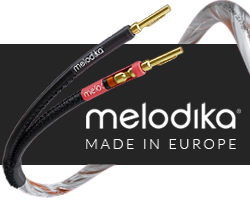
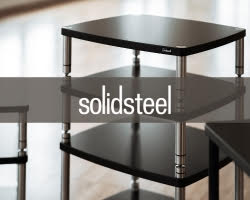
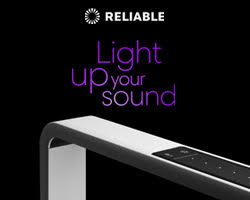
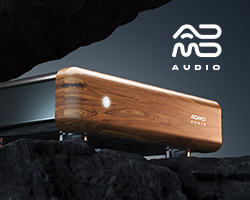

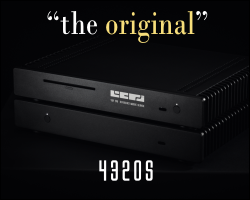
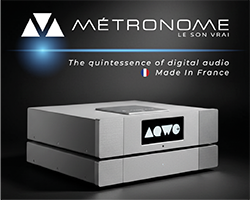
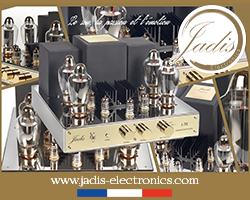
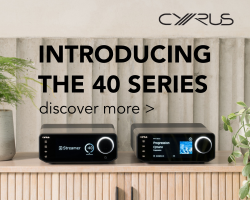
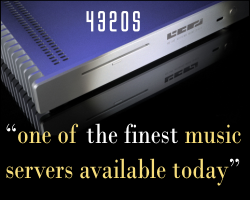

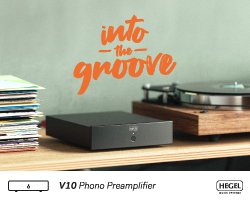
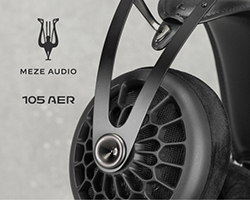

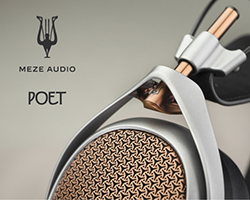


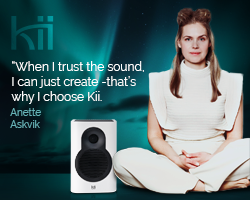




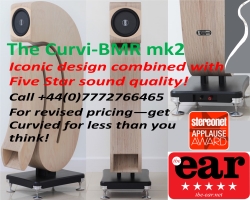
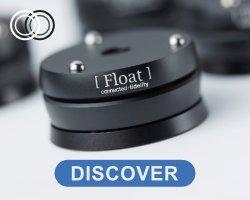
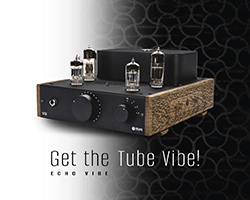
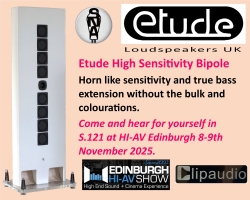
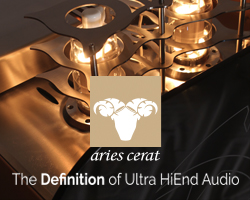



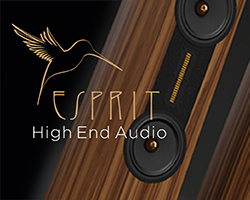
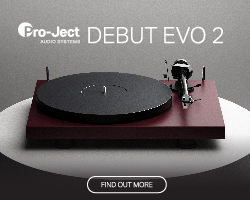
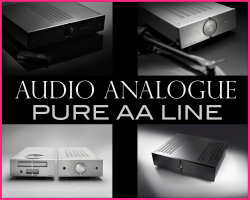
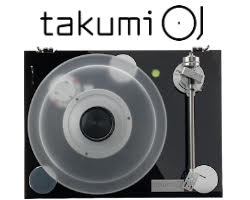
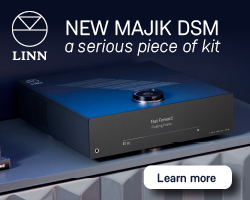

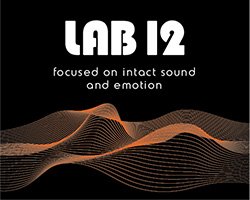

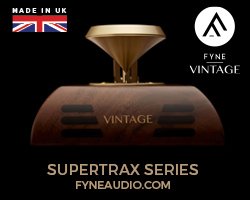




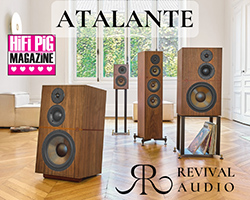
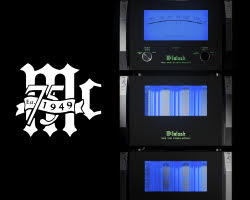
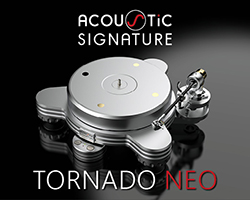
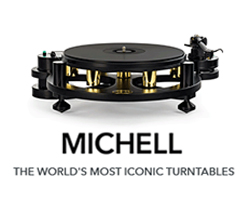




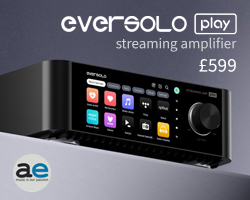
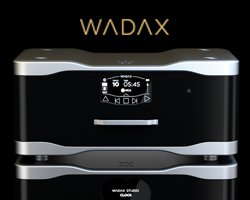
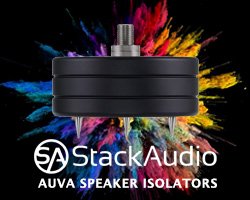

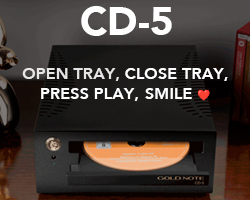
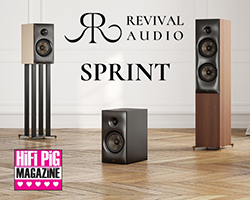
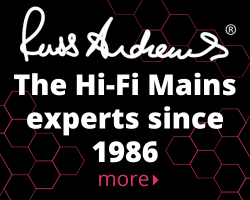

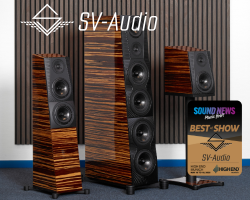
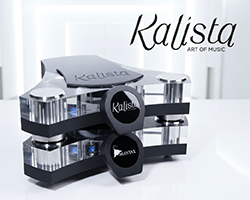
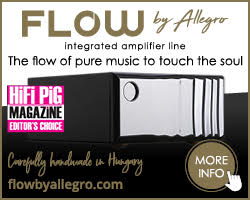
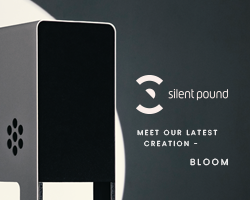

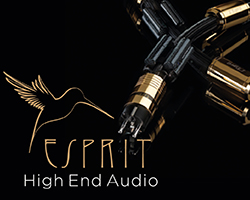

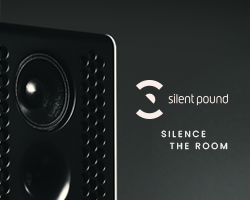

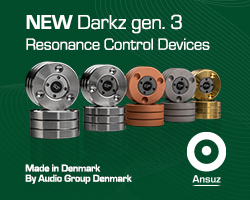


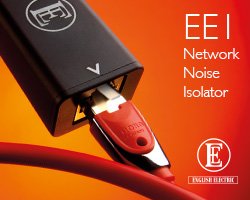


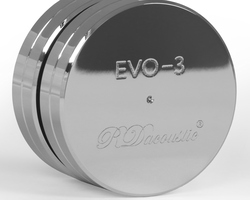

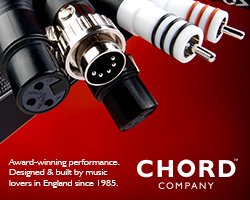
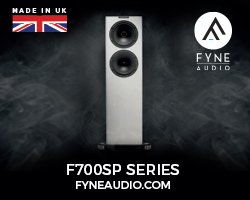
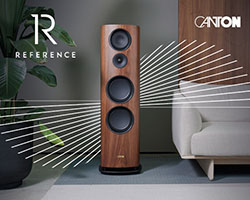

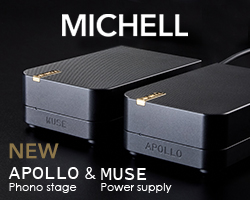
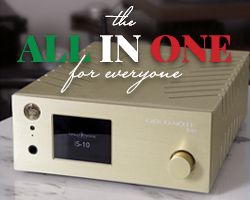




















































You must be logged in to leave a reply.